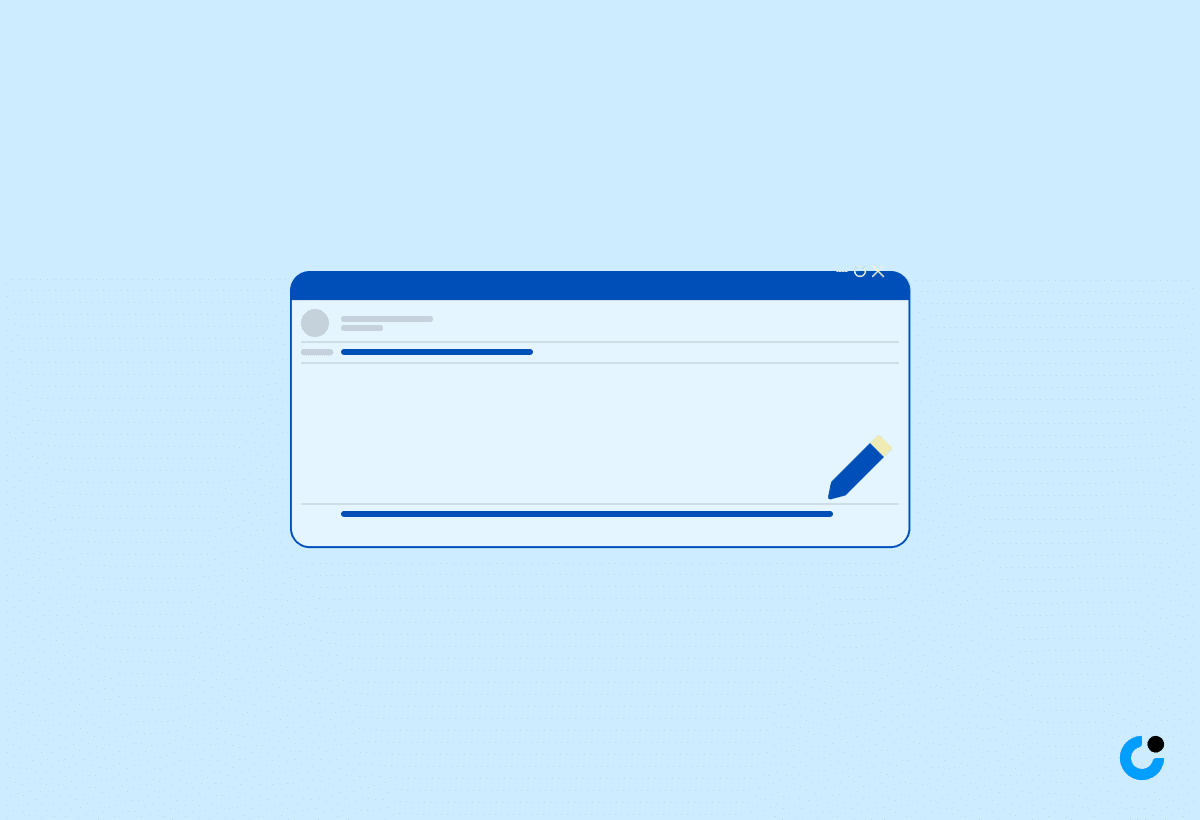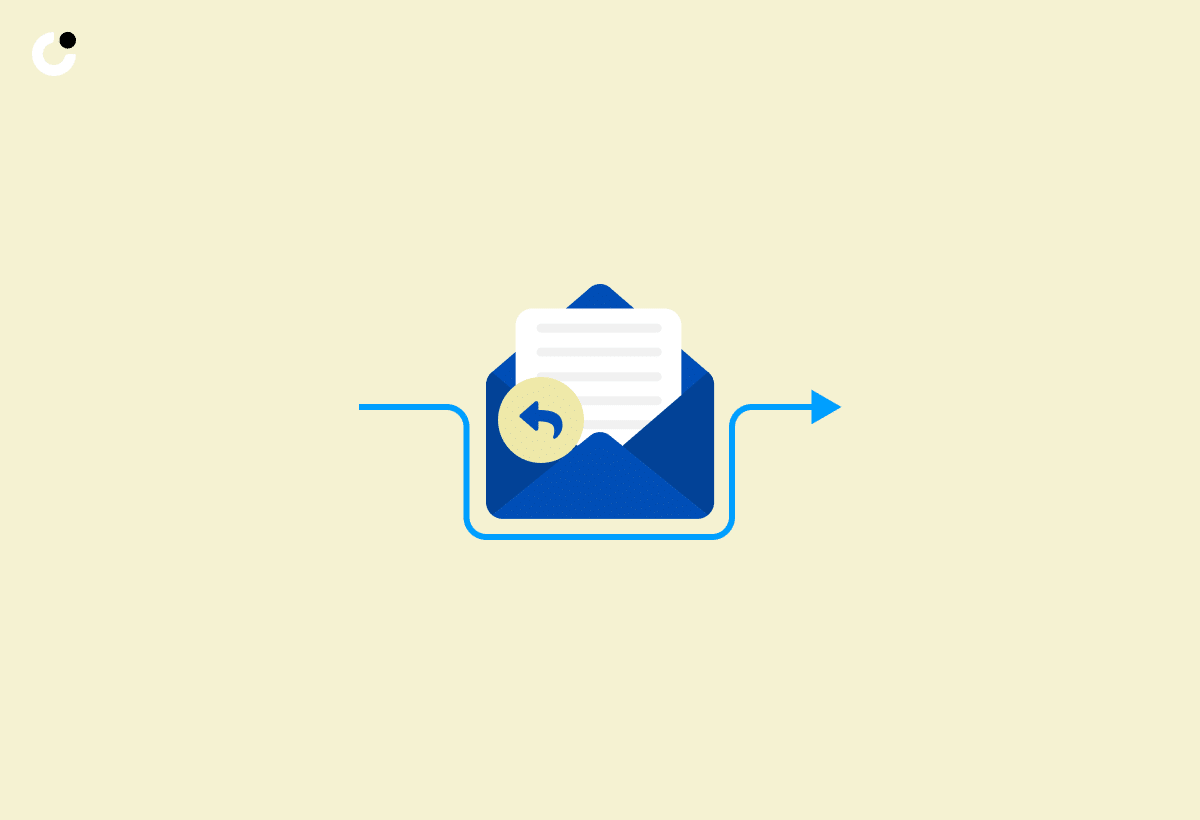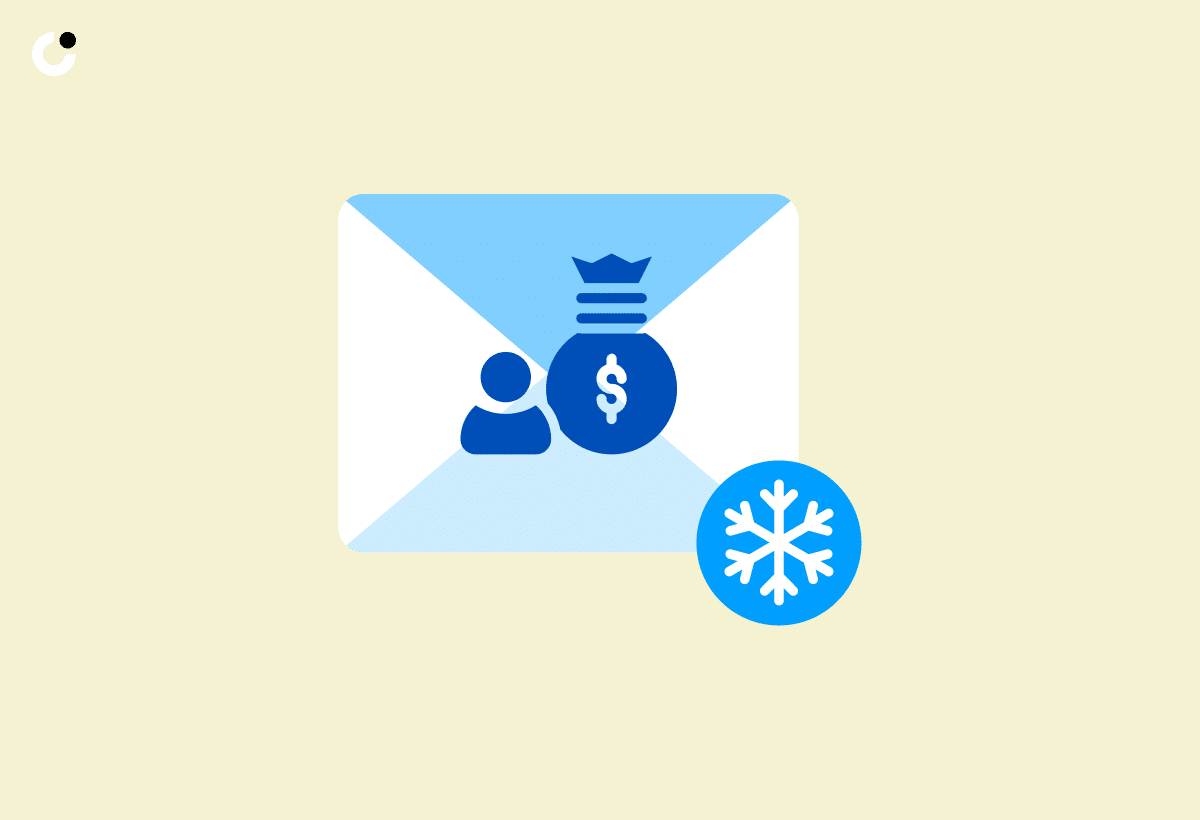Venture capitalists hold the keys to the kingdom for startups seeking to scale and thrive. Cold emailing a VC can be a game-changer, but only if you master the art of crafting the perfect cold email. This blog post will provide you with a step-by-step guide to reaching the inbox of even the most sought-after investors and capturing their attention, increasing your chances of securing valuable funding for your business.
Key Takeaways
- Craft an irresistible email subject line and align your value proposition with VC interests.
- Optimize your pitch for brevity and clarity, present key figures & business metrics, be direct with ‘the ask’, attach a comprehensive deck/one-pager.
- Avoid common cold email mistakes, utilize alternative channels for outreach & follow up wisely & respectfully.
Crafting an Irresistible Email Subject Line

In cold emailing, the subject line serves as the door to your email, distinguishing it from the myriad others that populate an investor’s inbox. An effective email subject line can distinguish your email from the numerous other unsolicited cold emails vying for investment. Failing to include a subject line in a cold email to a venture capitalist carries the risk of the message getting lost in the inbox clutter.
So, what’s the secret to creating the ideal subject line? It’s all about simplicity and personal touch. The KISS (Keep It Simple, Stupid) method emphasizes the importance of simplicity, especially in cold outreach. Personalization is also essential in a well-crafted cold email, showing that you are aware of the recipient and keen to collaborate with them.
Remember, the primary purpose of the cold email is to transform leads into venture capital investors. To capture an investor’s interest, especially if you don’t have a strong track record, keep your subject line straightforward and enticing, making it more likely that they will open your email and consider your investment opportunity.
Align Your Value Proposition with VC Interests

Before you start crafting your cold email pitch, it’s important to empathize with potential investors and identify the best way to align your proposition with their interests, demonstrating both your current and future potential. This involves doing comprehensive research on investors to evaluate if they would be a good match for your organization and to build a personal connection.
The VC list can be filtered by criteria such as investment thesis, geography, verticals, maturity, and check size. Venture capitalists have specific criteria for the businesses they invest in, such as market size, scalability, capital efficiency, and traction, which determine the attractiveness of an investment opportunity. Ensure that all criteria are satisfied before engaging with an investor, as aligning your value proposition with VC interests can increase the likelihood of receiving a response to your cold email pitch.
To make your message memorable, craft a succinct sentence that effectively conveys who you are and why you stand out from the numerous other offers they receive. Include a few key figures to reinforce your pitch and make it more compelling.
Optimize Your Pitch for Brevity and Clarity

When it comes to cold emails, brevity is often beneficial. To optimize your pitch for brevity and clarity, it is recommended to include 1-2 sentences on why you are reaching out to this particular venture capital company, followed by 5-8 bullets of essential information. Remember, only the most pertinent details, including a few key figures, should be included in a cold email pitch.
When writing cold emails, it’s crucial to keep in mind that venture capitalists often receive a high volume of presentations daily. To ensure your pitch stands out, consider mobile notifications and keep pre-header text between 85 and 100 characters for maximum readability.
Consider your cold email pitch as an elevator pitch: a concise, engaging, and direct presentation that encapsulates the core of your business plan. Keep it short, use bullet points, and break your information into short paragraphs for easy readability.
Present Key Figures and Business Metrics

Including concrete numbers in your cold email pitch helps venture capitalists assess your progress and potential, making your investment opportunity more appealing. Be selective when choosing which key figures and business metrics to include, as it is typically suggested to include 3-7 main points in a pitch to VCs to demonstrate your startup’s current and future potential.
If your startup’s financials are not robust, consider including some key figures related to your target audience, such as:
- Spending habits within the relevant market
- Growth rate
- Traction or progress
- Key metrics that create excitement
- Any other metrics that demonstrate the success and potential of your startup
These metrics can be included in a cold email pitch to a venture capitalist.
By presenting the most pertinent business metrics, you’ll not only showcase your company’s current achievements but also illustrate its future potential, making your pitch more attractive to venture capital investors.
Be Direct with 'The Ask' and Conclude with a CTA

In cold emailing, time is precious. It’s important to be concise and directly articulate what you want without dwelling on unnecessary details. Including a specific question and a strong call to action (CTA) in your cold email is essential.
The CTA should specify the desired outcome, such as “Arrange a 15-minute call to explore the investment opportunity” or “Request a pitch deck to gain more insight”. By providing a clear and actionable request, you make it easier for the venture capitalist to respond and engage with you.
In addition to crafting a strong CTA, ensure that your contact details are included in the cold email, making it easy for the recipient to connect with you if they wish to make contact in the future.
Attach a Comprehensive Pitch Deck or One-Pager

A well-crafted cold email should be accompanied by a comprehensive pitch deck or one-pager that provides more information about your business idea. These attachments offer an excellent summary of your pitch and supply the VC with the necessary information without overwhelming them with an excessive amount of data to analyze.
A pitch deck is a comprehensive presentation that furnishes comprehensive information about a startup or business to prospective investors, while a one-pager is a condensed version of the pitch deck that offers a high-level overview of the startup in a single page. Both provide essential information about the investment opportunity.
To monitor if a venture capitalist has opened a pitch or one-pager, consider using Digify’s email plugins, which enable the secure transmission of files from an email inbox and the subsequent tracking of activity.
Avoid Common Cold Email Mistakes

While cold emailing can be a potent tool for connecting with investors, it’s important to steer clear of common pitfalls that can impede your success when you write cold emails. In the introduction of a well-crafted cold email, avoid vague salutations such as “I hope you’re doing well” and “Nice to digitally meet you”. Instead, focus on the brand’s most appealing qualities and showcase its current and future potential.
Another common mistake is to include superfluous links and visuals in your cold email. Stick to the most pertinent information and prioritize brevity and clarity when crafting your pitch. This will not only make your cold email more appealing to investors but also increase the likelihood of receiving a response.
Remember, the primary purpose of cold emailing is to establish initial contact with an individual who is not familiar with your business or idea. Keep your message focused, concise, and tailored to the investor’s interests to maximize the impact of your cold outreach.
Utilize Alternative Channels for Outreach

Even though cold emailing is a useful way to connect with venture capital investors, it’s important to consider other channels for outreach. Platforms such as:
- Twitter lists
- Clubhouse rooms
- Slack groups
- Discord communities
can be utilized to contact investors.
When using these channels, ensure that you keep your message concise, provide valuable insights, and engage with industry experts to gain followers and become more visible. Networking with other venture capital investors in these spaces can also increase your chances of securing funding and support for your business.
By diversifying your outreach efforts and tapping into various communication channels, you’ll not only increase the likelihood of connecting with the right investor but also expand your network and learn valuable insights from industry experts.
Follow Up Wisely and Respectfully

Being persistent is crucial in securing venture capital, but it’s important to follow up in a considerate and respectful manner. If you haven’t received a response from a VC after your initial cold email, wait a week and send a follow-up email to check in. If no response is received after that, it may be beneficial to pursue other options.
Crafting a considerate follow-up email involves:
- Waiting a reasonable amount of time
- Clearly articulating the purpose of the follow-up
- Providing relevant information from your original email
- Maintaining a friendly and optimistic tone throughout the correspondence
- Refraining from sending multiple follow-up emails.
By following up wisely and respectfully, you demonstrate your professionalism and commitment to your business, increasing the likelihood of capturing the attention of venture capital investors.
Summary
Mastering the art of the cold email is essential for any startup seeking venture capital funding. From crafting irresistible subject lines and aligning your value proposition with investor interests to optimizing your pitch for brevity and clarity, presenting key figures and business metrics, and following up wisely and respectfully, this blog post has provided you with a step-by-step guide to perfecting your cold email outreach.
Armed with these insights and strategies, you’re now ready to conquer the world of venture capital and secure the funding your business needs to thrive.
Frequently Asked Questions
Does cold emailing VCs work?
Cold emailing VCs does work, particularly for early-stage investors, provided that the email is written well and contains all the necessary elements. It can be difficult to stand out amongst so many start-ups, but it is possible with the right approach.
Can you cold email B2C?
Cold emailing should only be done in a B2B context. Sending a cold email to a consumer is not allowed under GDPR regulations. Therefore, B2C cold emails should be avoided.
What is the subject line for a cold investor email?
Invest in Our Company - Unique Opportunity Ahead! 60 Characters or Less.
How do you address an investor in an email?
Hello [Investor], I am [Your Name], the founder of [Company Name], a [Category Your Product Fits Into] with [Primary Product Value Propositions]. We are looking to raise funds and I would appreciate your feedback. Thank you for your time.
How do I reach out to venture capitalists email?
Write an email body that concisely explains your startup's value proposition, why you're reaching out to this specific VC and what you are looking for. Include a personalized subject line under 60 characters mentioning the VC's portfolio fit and one piece of information showing the VC that your project is great. Request a follow-up meeting and explain why the VC chosen brings the most value.

